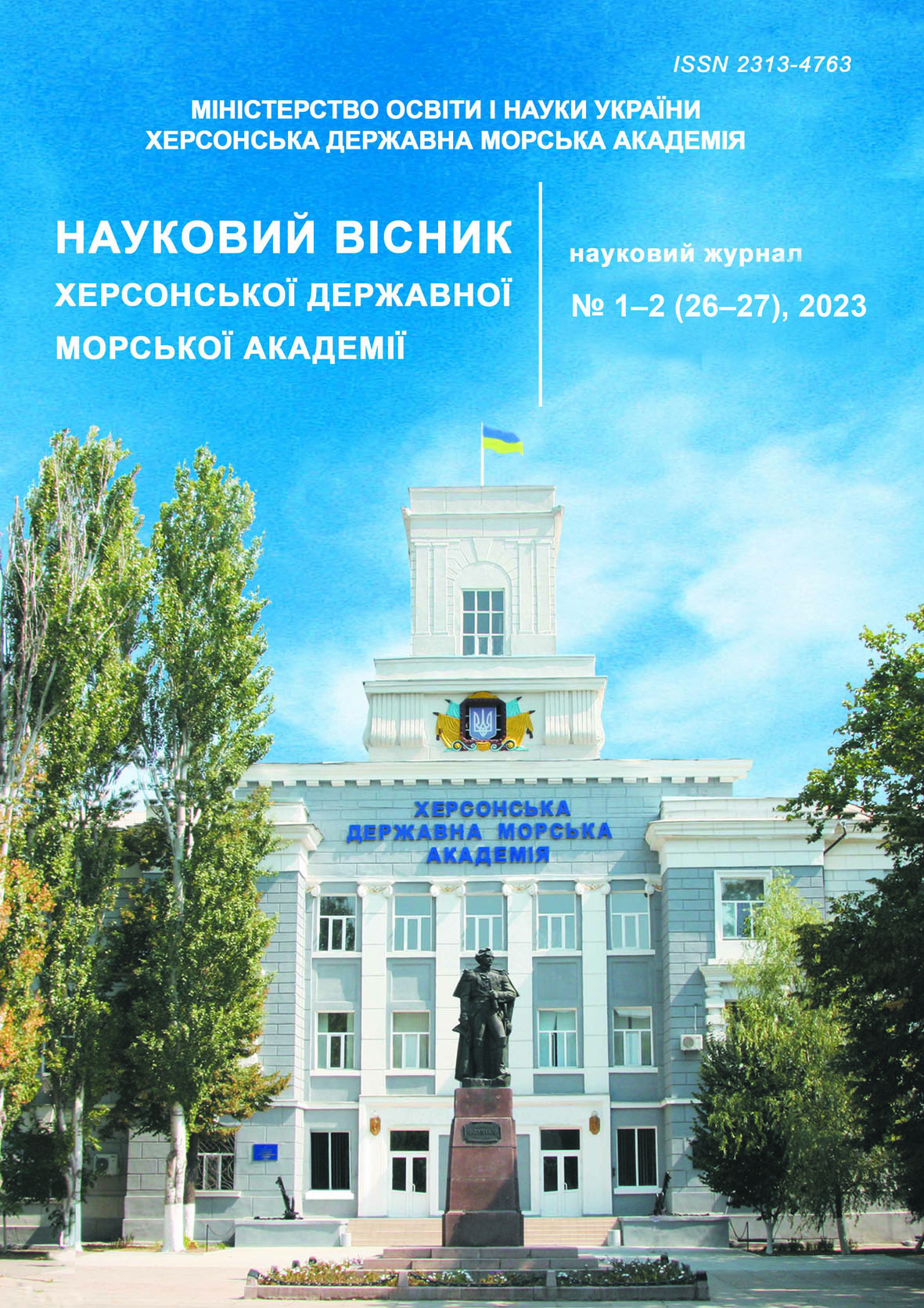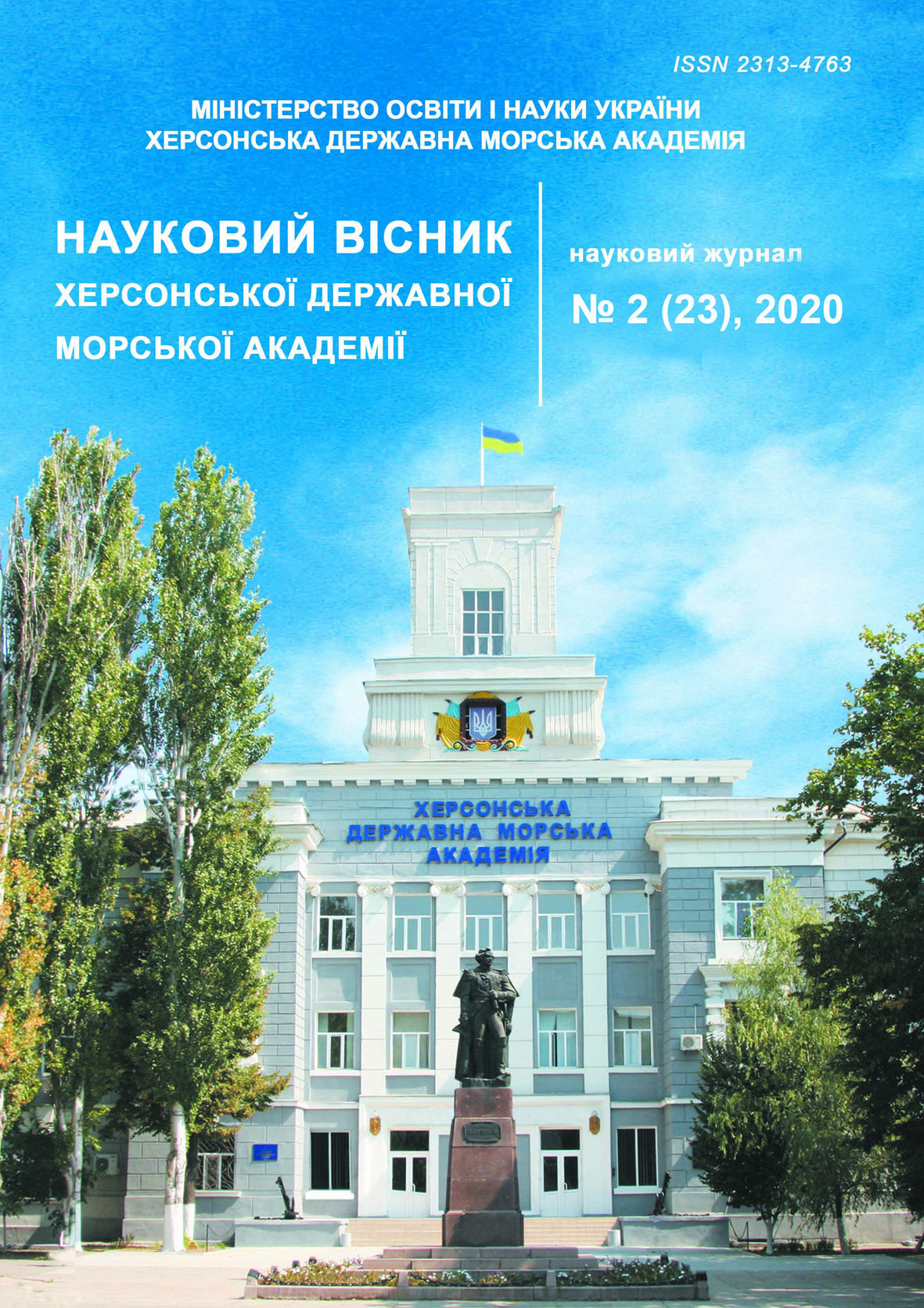CALCULATION OF EFFICIENT THERMAL CONDUCTIVITY OF A POROUS BODY FOR ELECTRONIC HEATING CONDITIONS
https://doi.org/10.33815/2313-4763.2020.2.23.108-117
Abstract
The aim of the study is to analyze the temperature gradient field by means of mathematical modeling to determine the effective thermal conductivity of porous blanks of molybdenum powder under conditions of electron beam heating.
The contribution of different heat transfer mechanisms in the conditions of electron beam heating of porous workpieces is analyzed. As a result of the study, the coefficients of the linear dependence of the relative thermal conductivity of the porous body on the porosity were obtained. It is proved that under conditions of high-speed heating in vacuum at a pore size of up to 25 μm, the determining role is played by conductive thermal conductivity, the influence of other mechanisms can be ignored. It is shown that the conductive and total thermal conductivity of a porous body can be calculated with some level of uncertainty, which increases with increasing porosity of the product.
It is proposed to calculate the value of the specific thermal conductivity of the porous body by computer simulation using the finite element method. This approach allows to quantitatively and qualitatively assess the thermophysical parameters of the sintering process by high-energy heat sources, taking into account the porosity of the powder bodies.
The article contains a detailed analysis of the thermal effects inherent in the sintering process, with the construction of mathematical models of heat transfer in a porous medium. The results of the study can be used in the development of electron-beam sintering technology of various powder materials, heat treatment, optimization of existing processes.
References
Sakae Yagi, Kunil Daizo. Studies on effective thermal conductivities in packed beds. AIChE Journal. 1957. Vol. 3. P. 373–381.
Argento C., Bouvard D. Modeling the effective thermal conductivity of random packing of spheres through densification. Int. J. Heat Transfer. 1996. Vol. 39, № 7. P. 1343–1350.
Jingwen Mo, Heng Ban. Measurement and theoretical modeling of effective thermal conductivity of particle beds under compression in air and vacuum. Case Studies in thermal Engineering. 2017. Vol. 10. P. 423–433.
W. van Antwerpen, Rousseau P. G., C. G. du Toit Multi-sphere. Unit Cell model to calculate the effective thermal conductivity in packed pebble beds of mono-sized. Nuclear Engineering and Design. 2012. Vol. 247. P. 183–201.
Yusuke Asakuma, Shinsuke Miyauchi, Tsuyoshi Yamamoto [et. al]. Homogenization method for effective thermal conductivity of metal hydride bed. Int. Journal of Hydrogen Energy. 2004. Vol. 29. P. 209–216.
Yusuke Asakuma, Yushin Kanazawa, Tsuyoshi Yamamoto. Thermal radiation analysis of packed bed by a homogenization method. Int. Journal of Heat and Mass Transfer. 2014. Vol. 73. P. 97–102.
Yusuke Asakuma, Itsuro Honda, Tsuyoshi Yamamoto. Numerical analysis of effective thermal conductivity with thermal conduction and radiation in packed beds. Int. Journal of Heat and Mass Transfer. 2017. Vol. 114. P. 402–406.
Hao Wu, Nan Gui, Xingtuan Yang [et. al] Effect of scale on the modeling of radiation heat transfer in packed pebble beds. International Journal of Heat and Mass Transfer. 2016. Vol. 101. P. 562–569.
Choi Y. S., Brockman R. A. Representation of Materials Constitutive Responses in Finite Element-Based Design Codes. Computatinal Methods for Microstructure-Property Relationships. Springer. 2010. P. 199–238.
Михеев М. А., Михеева М. И..Основы теплопередачи. Москва : Энергия, 1977. 344 c.
Лыков А. В. Теория теплопроводности. Москва : Высшая школа, 1967. 600 с.
Физические величины : справочник / А. П. Бабичев, Н. А. Бабушкина, А. М. Братковский и др.; под ред. И. С. Григорьева, Е. З. Мейлихова. Москва : Энергоатомиздат, 1991. 1232 с.






